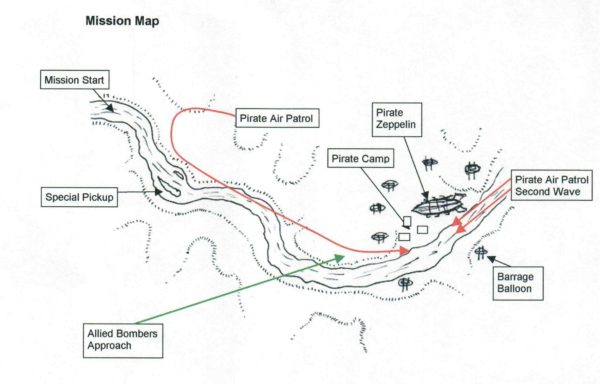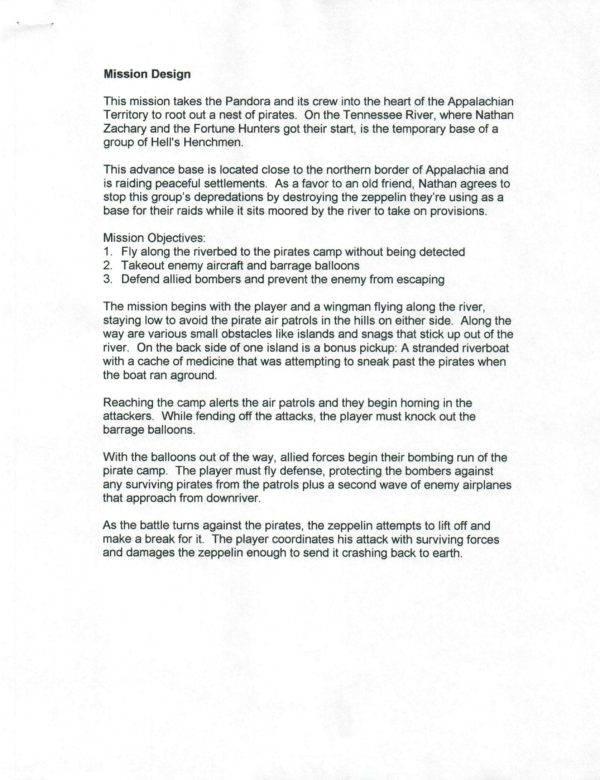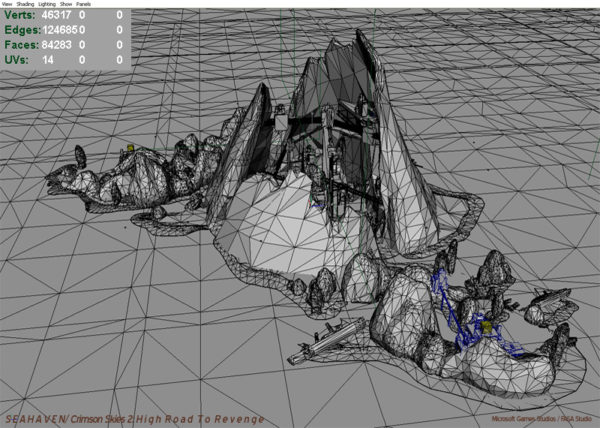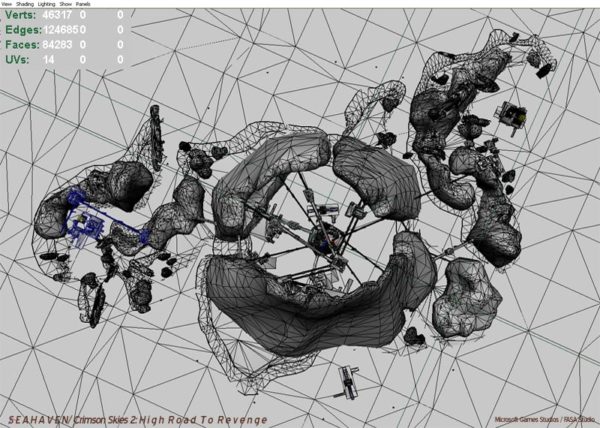Levels for video games are curious beasts. Levels for games that have some degree of realism, such as first-person shooters and racing sims are even more curious. In many cases, the designers must balance the needs for those levels to be both visually interesting and fun to play while also bearing some semblance to the real world, even if that real world is filled with lava lakes and floating castles. Sometimes there are also technical constraints such as draw distances to contend with or the manner in which the in-game camera behaves. A recent visit to the Museum of Pop Culture (MoPOP) got me thinking about how simply lifting a real-world place to create a game level is generally a bad idea, though MoPOP is so thoroughly bizarre that it would work. In fact, it’s architecture is sufficiently confusing that the map provided to visitors doesn’t even try for a high level of detail and instead simply shows how the different areas are connected, either by halls, stairs, or elevators.
When I applied for my first game designer with Microsoft Games Studio, part of the application involved answering a series of questions about game design and called for the design of a sample Crimson Skies level. The idea was to build a simple (1 page) mission in the current Crimson Skies universe, limiting it to the weapons and planes in that setting. What I came up with was a raid in Appalachian Territory in order to clear the way for a bombing run on a band of Hell’s Henchmen.
Knowing what I know after having worked on the game, I’d add much more vertical elements to the game, exaggerating the depth of the river valley and break up the valley walls with ravines, add bluffs of varying heights, and increase the number of buildings. One of the areas in Crimson Skies: High Road to Revenge, the outlaw base of Sea Haven, was a caldera with exaggerated vertical scale with an exterior littered with the wreckage of zeppelins and an interior criss-crossed with walkways and girders. All of it made for interesting missions along with plenty of out-of-the-way places to hide tokens. Interestingly, the game was originally conceived with multi-modal play where the player would occasionally exit their plane and run around. When that idea was scrapped, there was no need for detailed human-scale areas and focus was given almost entirely to levels playable with airplanes apart from the gameplay around manning turrets.



